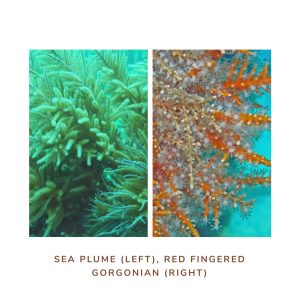5 Things I Learned about Garden Eels
At first glance, garden eels can be mistaken for plants but a closer look reveals slim little fish with big eyes.
Nature. It’s a curious thing. You can see yellow garden eels the next time you visit the Coastal Boardwalk Gallery at the Greater Cleveland Aquarium.
– Samantha Fryberger










